Tianjin profile: China's historic industrial hub
- Published
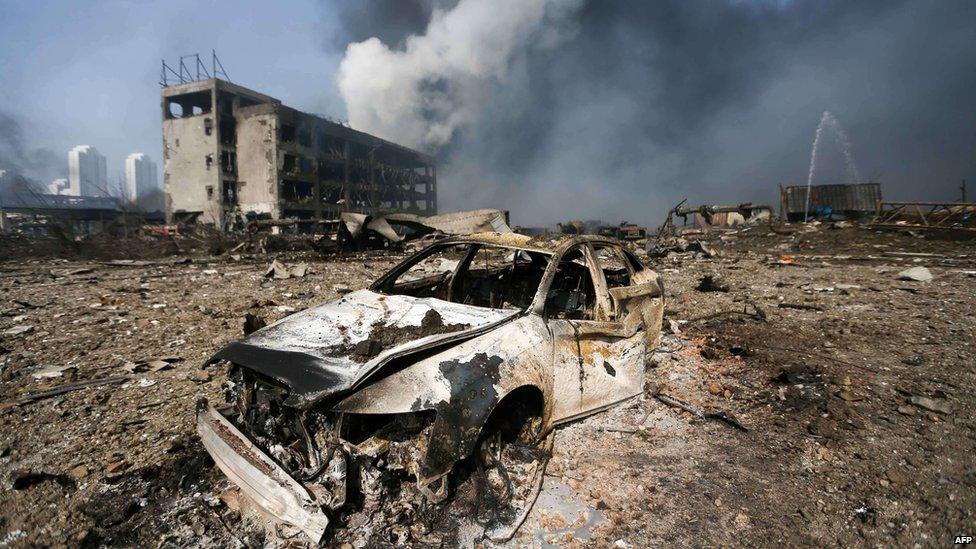
Two massive explosions have ruined areas of Tianjin
Bustling, thriving Tianjin is among China's most populous cities and one of its most important.
Tianjin has long been a key port - it is the world's tenth biggest - and grew in prominence as a hub supplying rice to the capital Beijing, about 140 km (90 miles) northwest.
Nowadays the goods unloaded are more likely to be iron ore to feed construction projects.
The series of blasts at the Binhai New Area in the city were so large they could be seen from space, reducing buildings to charred, mangled wrecks.
Yet despite this, initial reports said business continued soon after, a sign of Binhai's importance to Tianjin - the area contributes more than half of the city's GDP, according to Moody's.
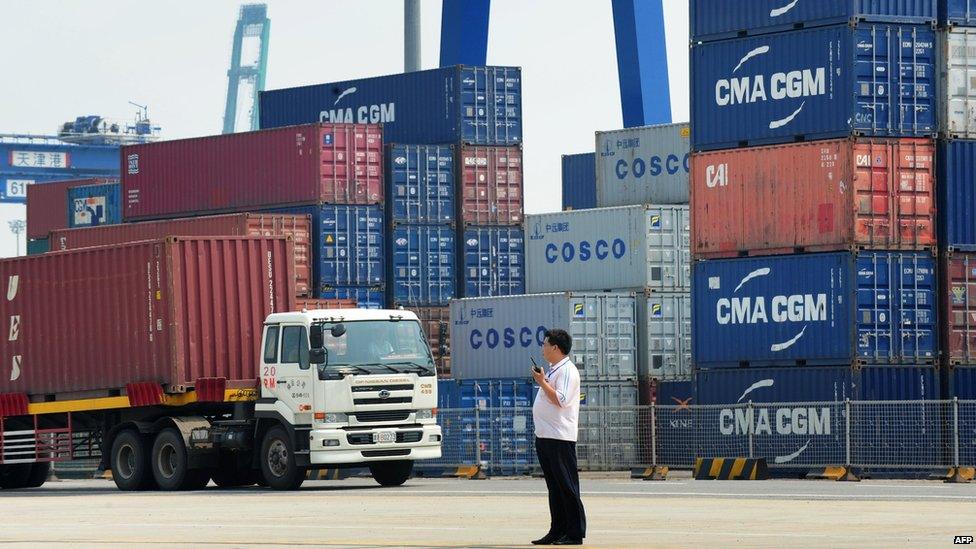
The port normally sees trade with 160 countries worldwide
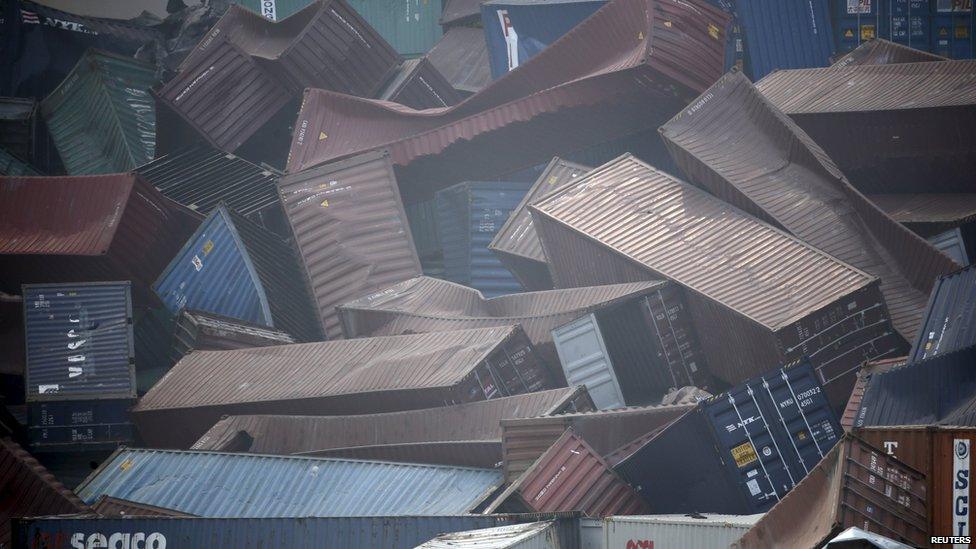
Shipping at Tianjin has been disrupted by the devastating blasts
Oil and gas facilities have not been affected, industry officials said, although shipping has been disrupted.
With a population of around 15 million, if Tianjin existed anywhere other than China, which has more than 150 cities of over one million inhabitants, it would be more famous.
Aside from its role as a container port, Tianjin is a major industrial base for manufacturing, car-making and petrochemicals.
It is known as a high-tech centre, with a ready supply of hundreds of thousands of graduates available from the city's numerous universities.
A powerful supercomputer, Tianhe-1A, which is housed in at a centre in Tianjin, has been shut down as a precaution, state news agency Xinhua reported, external.
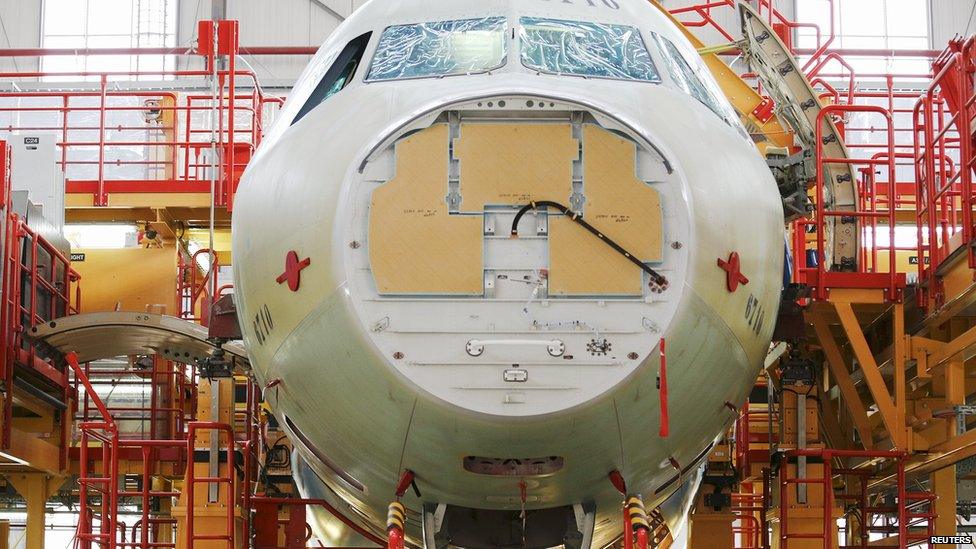
The area hosts manufacturers like Airbus...
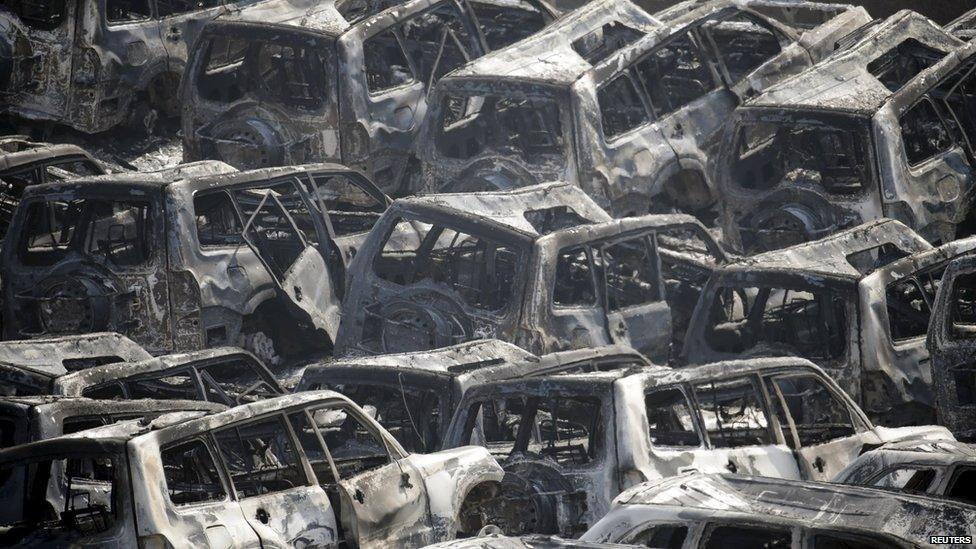
... some of whom will be counting the costs of the explosions
Big foreign companies have bases there, including Airbus, Motorola and Mitsubishi.
The city has been one of the fastest growing in the world over the past decade, its economic expansion mirrored by its physical growth, spilling into the surrounding areas.
The boom has attracted large numbers of migrants, some of whose dormitories were ripped apart by the force of the explosions.
Tianjin has a prominent role in the government's plans to cope with China's breakneck urbanisation.
A scheme will see it integrate more closely with neighbouring Beijing and Hebei to form a colossal mega-region.
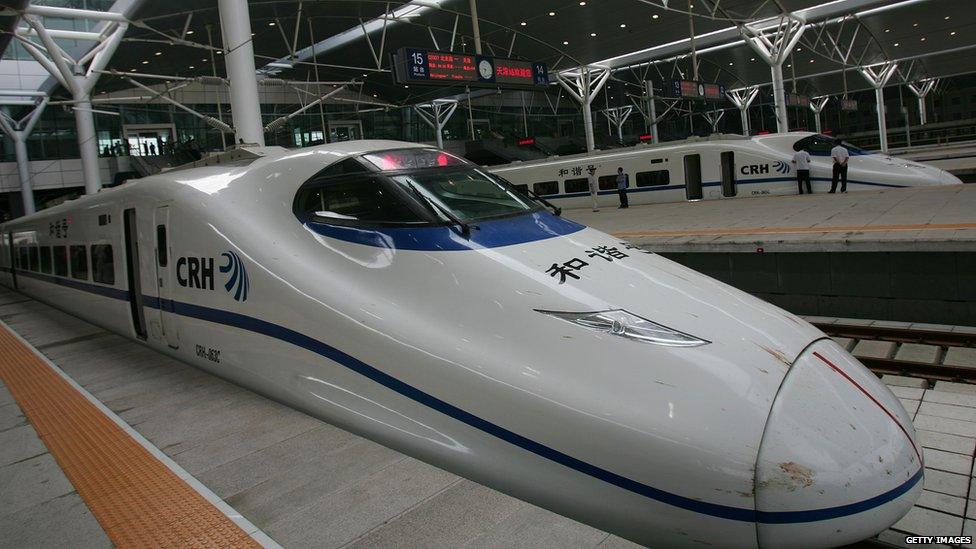
Tianjin boasts impressive transport links, including a train to Beijing that takes half an hour
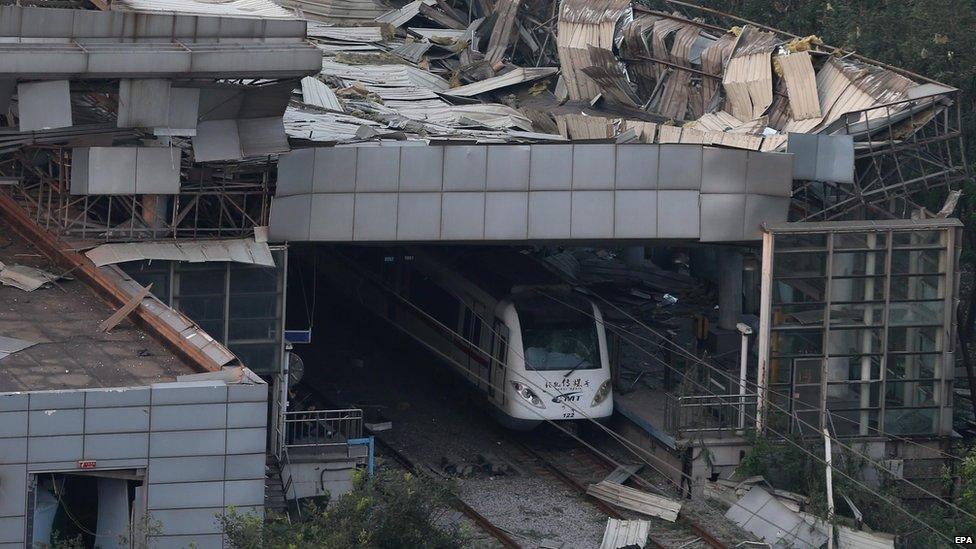
Damage from the blast could be seen at local hubs
An eco-city is also being developed, in the hope it will provide a template for other places in China.
Visitors to Tianjin say parts of the city's architecture have a Western feel. This is a legacy of the European countries who were granted trading concessions there in the 19th century, making Tianjin one of China's most outward-looking cities of the period.
But tensions over the Western presence led to the Tianjin Massacre of 1870, in which several missionaries were killed.
The city later saw a significant battle during the anti-imperialist Boxer Rebellion in 1900.
Some of the city's famous sons include Wen Jiabao, a recent premier, and Eric Liddell, the Scottish athlete made famous by the Chariots of Fire film.